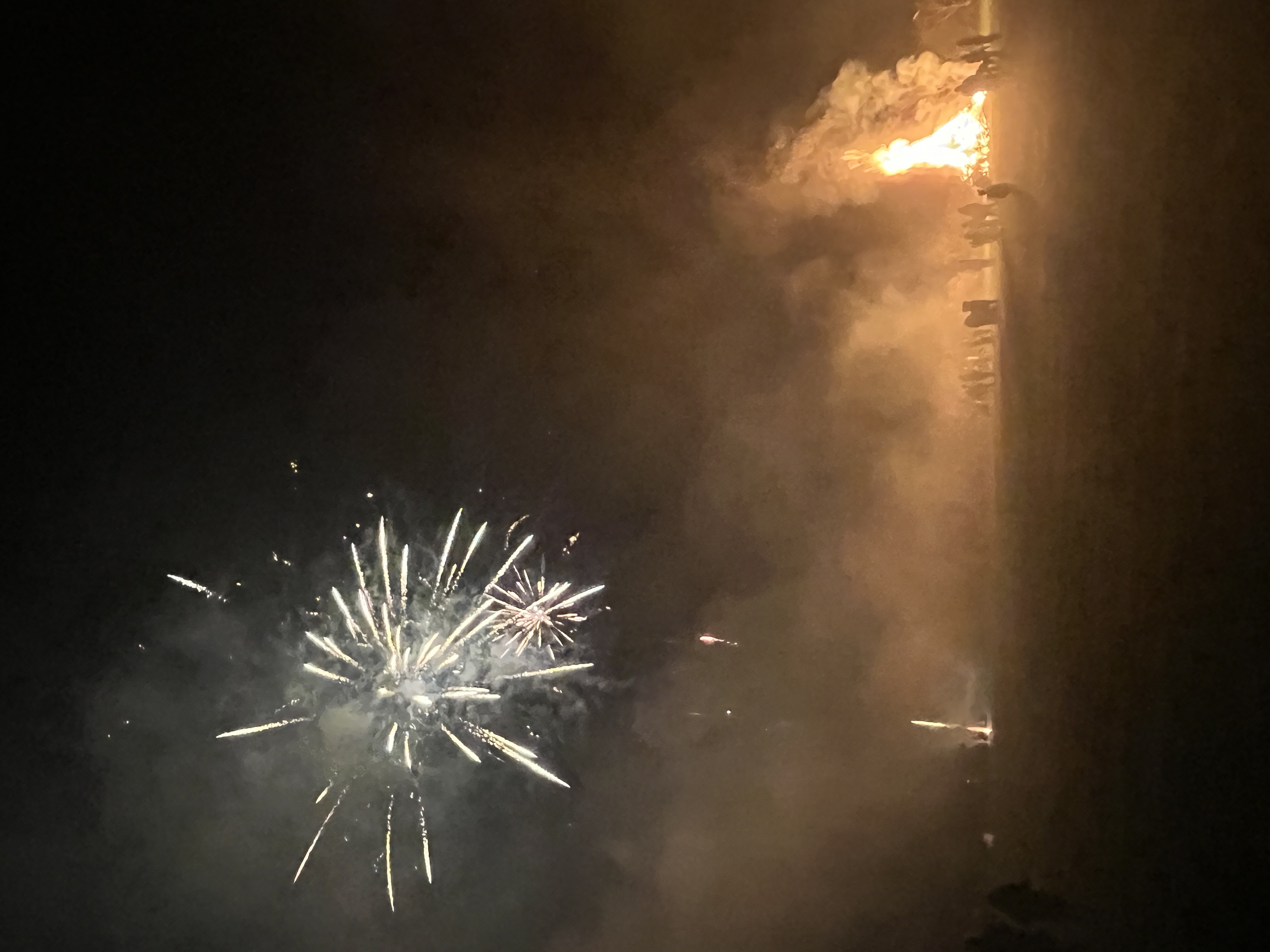P4
Cards (57)
- What is the earliest model of the atom described in the study material?
- What does the plum pudding model represent?
- What is the nuclear model of the atom?
- In the Bohr model, how do electrons behave?
- What significant discovery was made about the nucleus?
- What are the three main components of the current model of the atom?
- What is the charge of a proton?
- What is the charge of an electron?
- What is the charge of a neutron?
- What happens when electrons absorb EM radiation?
- What is the significance of the alpha scattering experiment?
- What did James Chadwick prove about neutrons?
- How does the nuclear radius compare to the atom's radius?
- What is the overall electric charge of an atom?
- What are isotopes?
- What is the mass number of an atom?
- What is the atomic number of an atom?
- What is radioactive decay?
- What is ionising radiation?
- What are the three types of nuclear radiation?
- What does alpha radiation consist of?
- What does beta radiation consist of?
- What does gamma radiation consist of?
- What materials can absorb alpha radiation?
- What materials can absorb beta radiation?
- What materials can absorb gamma radiation?
- What is the range of alpha particles in air?
- What is the range of beta particles in air?
- What is the range of gamma radiation in air?
- What is the ionising power of alpha radiation?
- What is the ionising power of beta radiation?
- What is the ionising power of gamma radiation?
- What is an example use of alpha radiation?
- What is an example use of beta radiation?
- What is an example use of gamma radiation?
- What happens to mass and charge during alpha decay?
- What happens to mass and charge during beta decay?
- What happens to mass and charge during gamma decay?
- What is the definition of activity in the context of radioactivity?
- What is the definition of count-rate?
